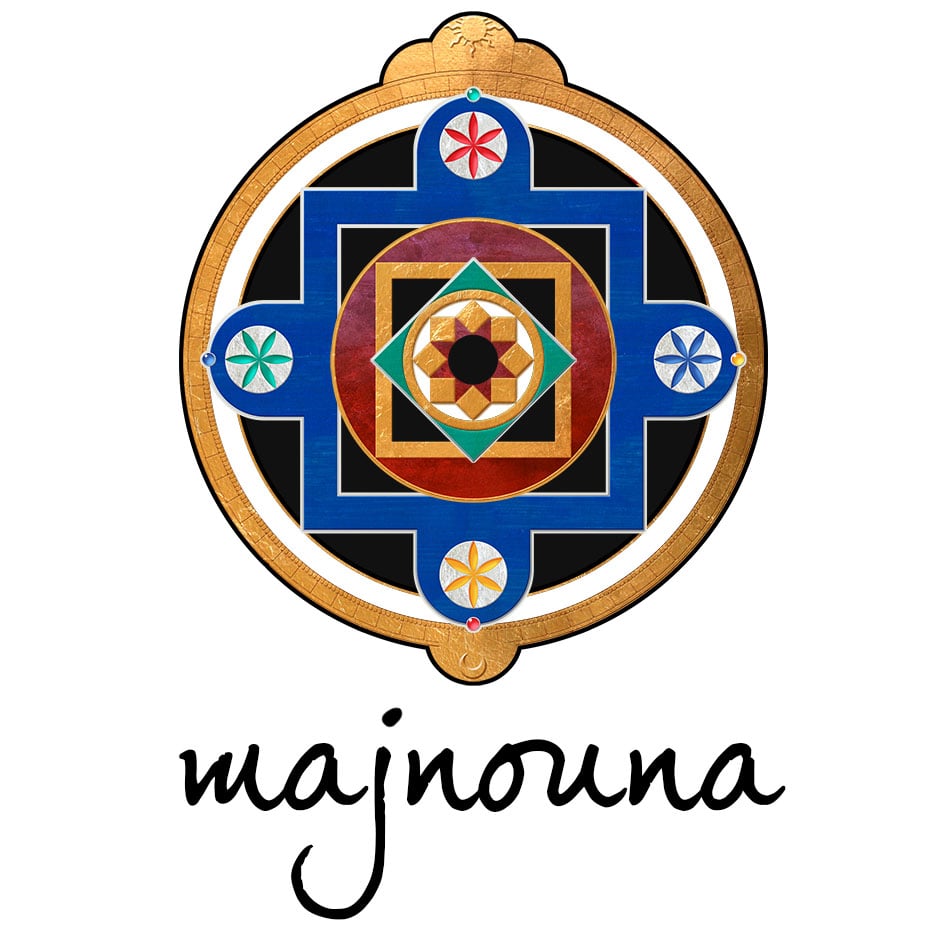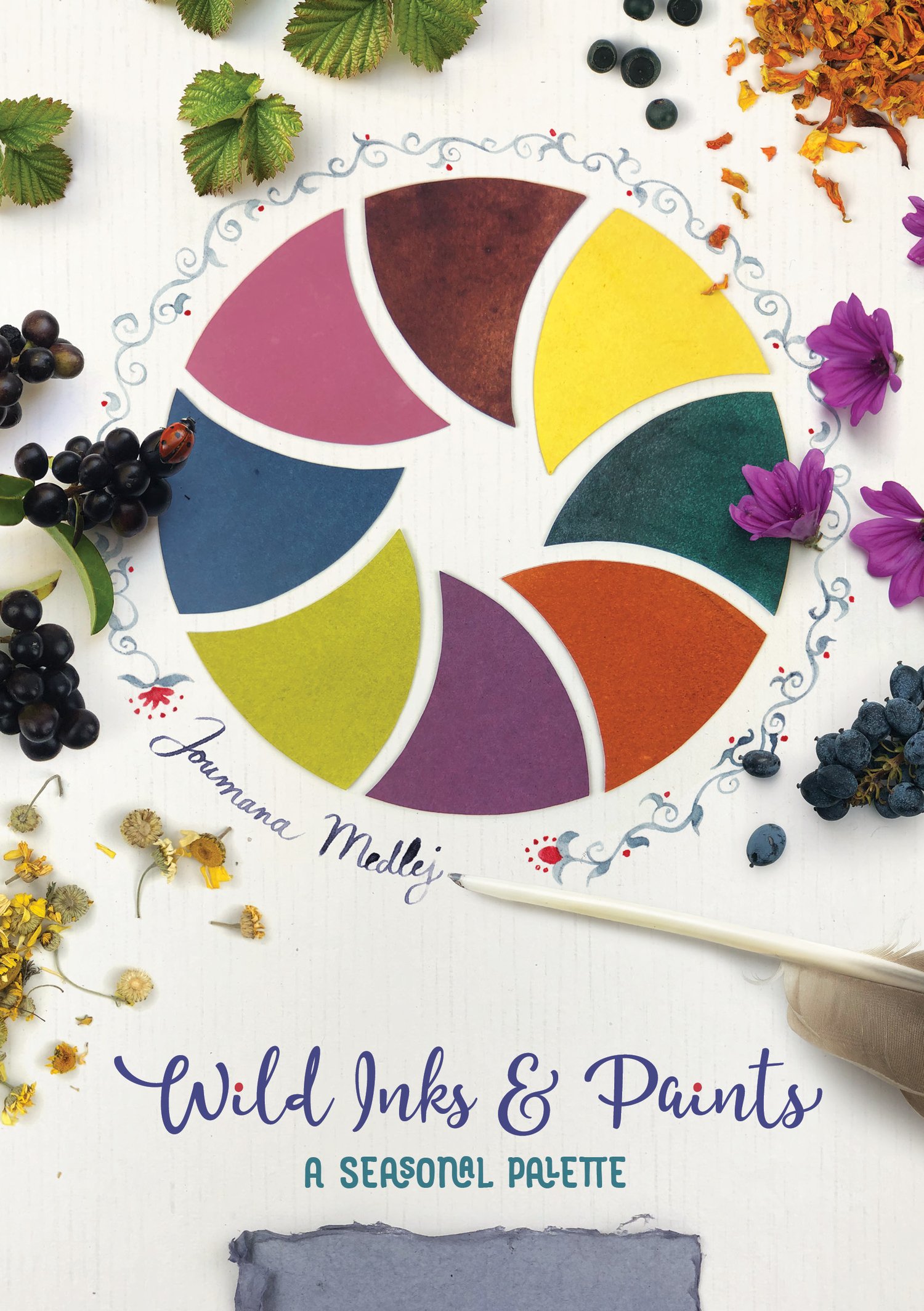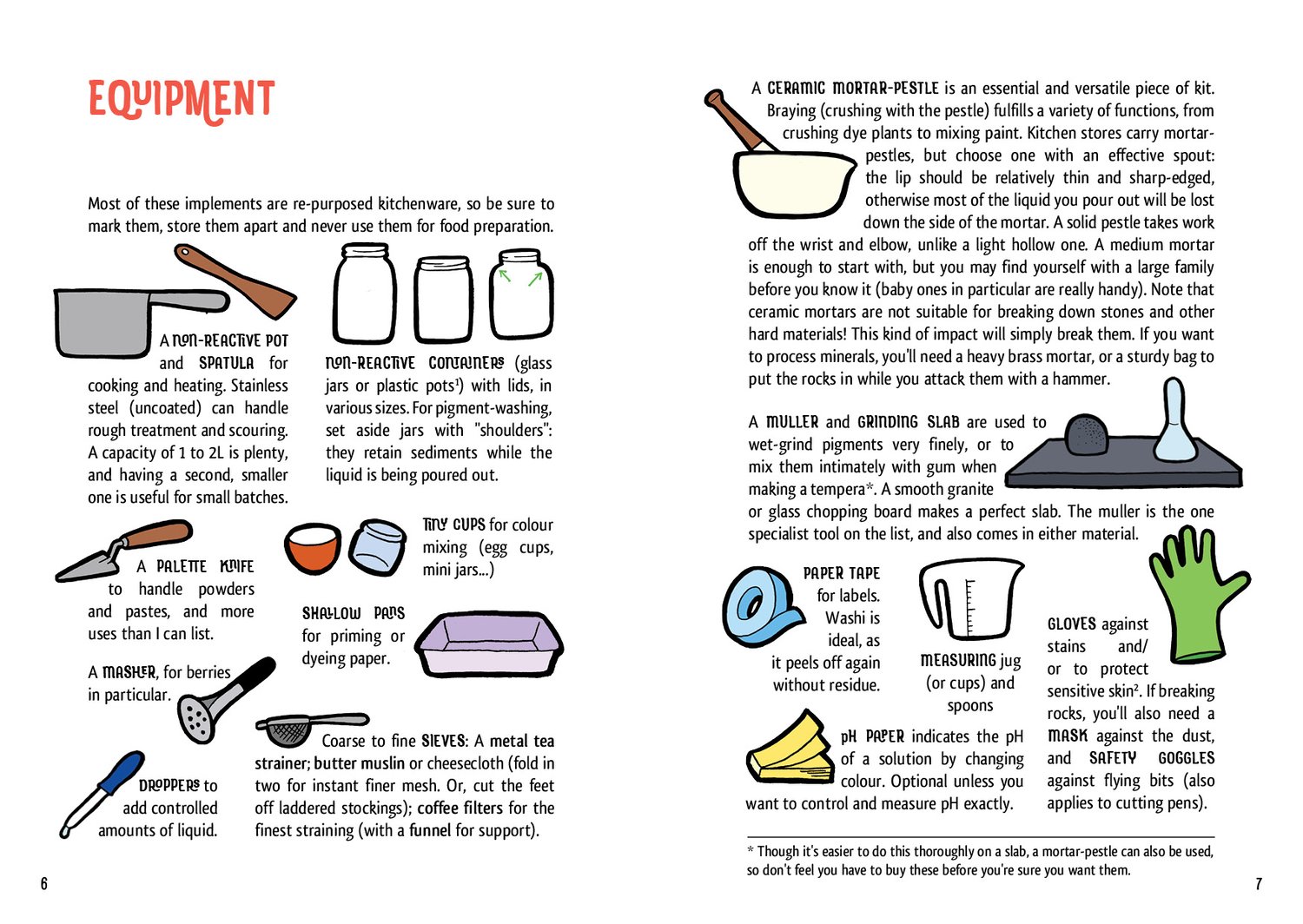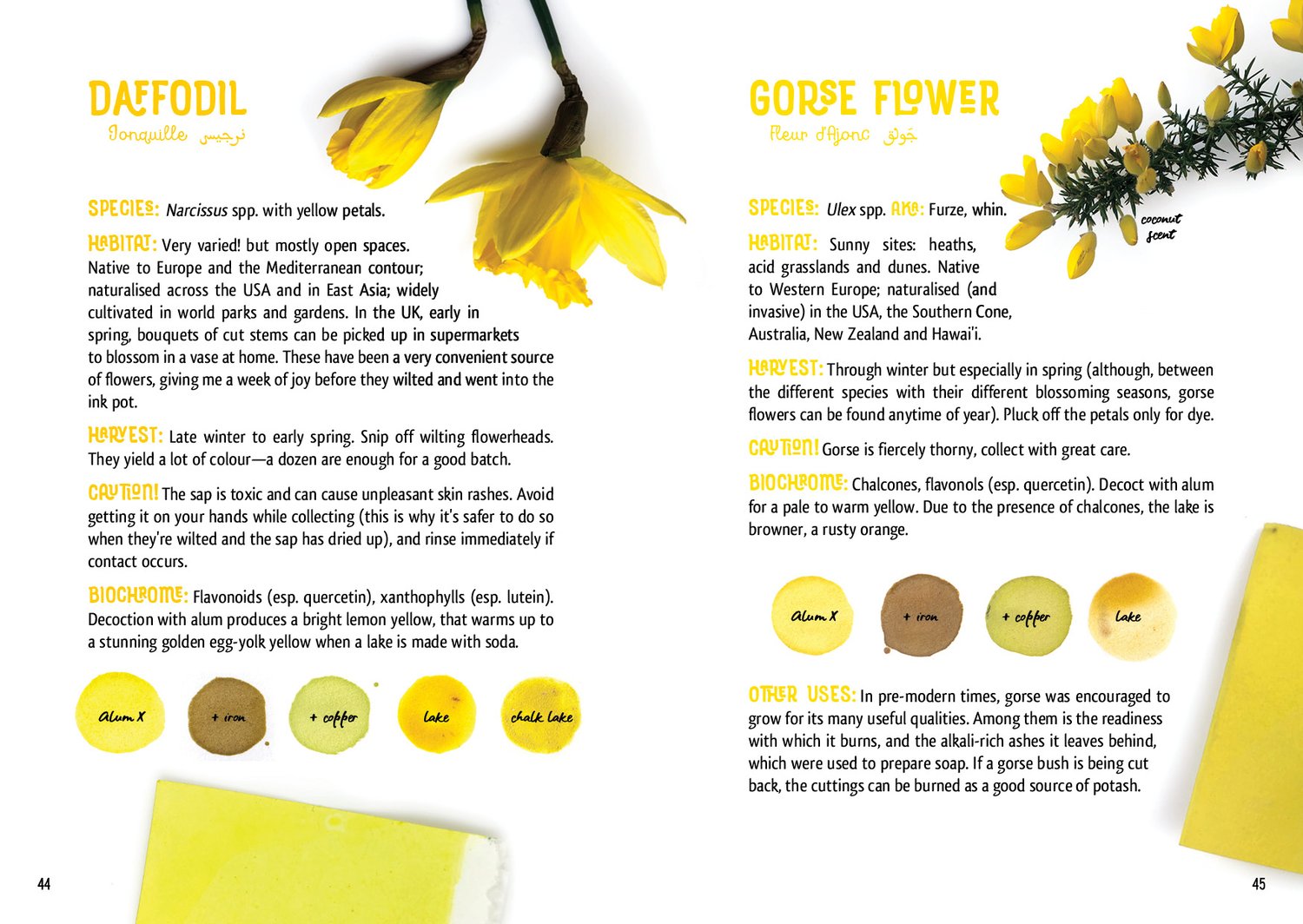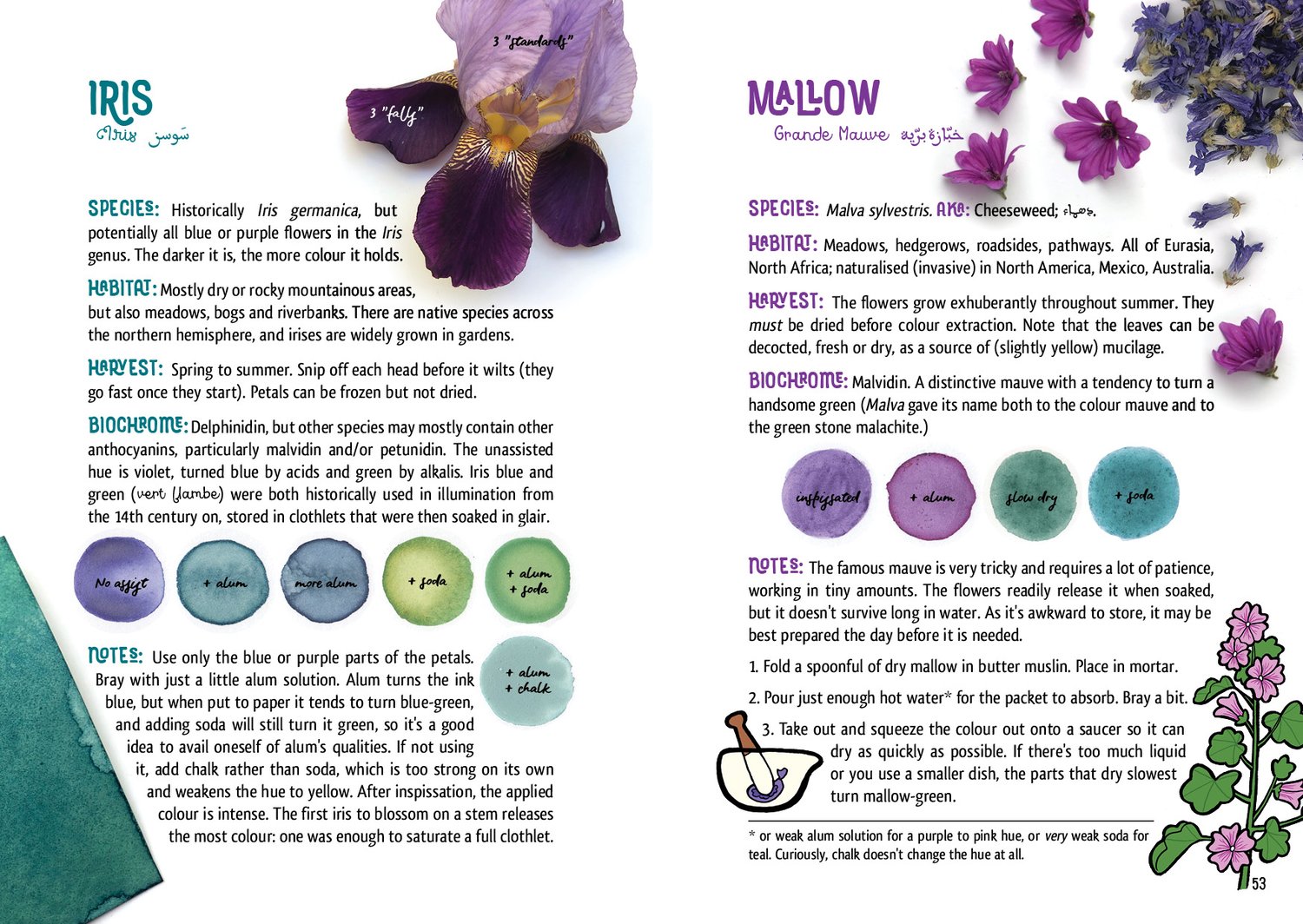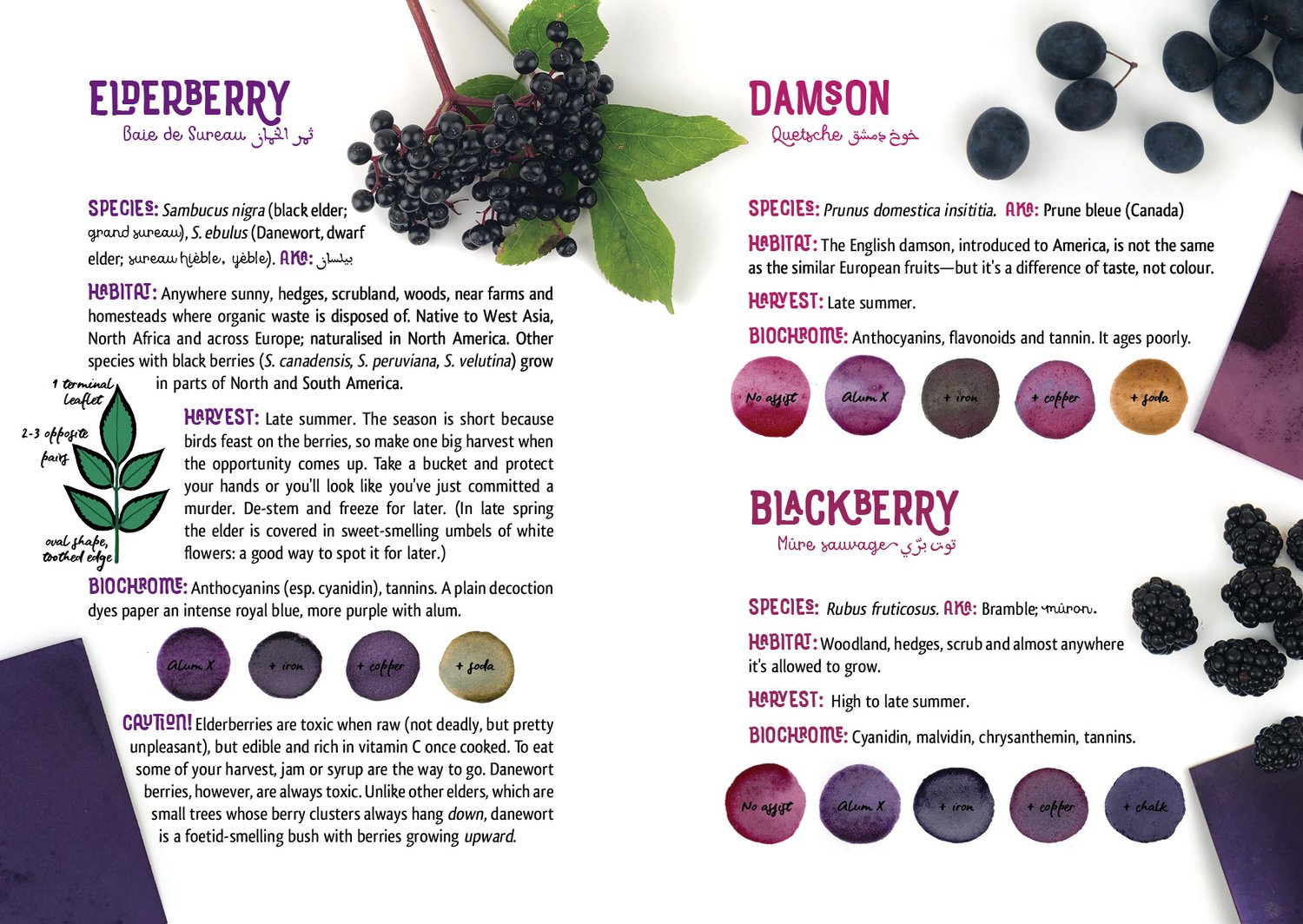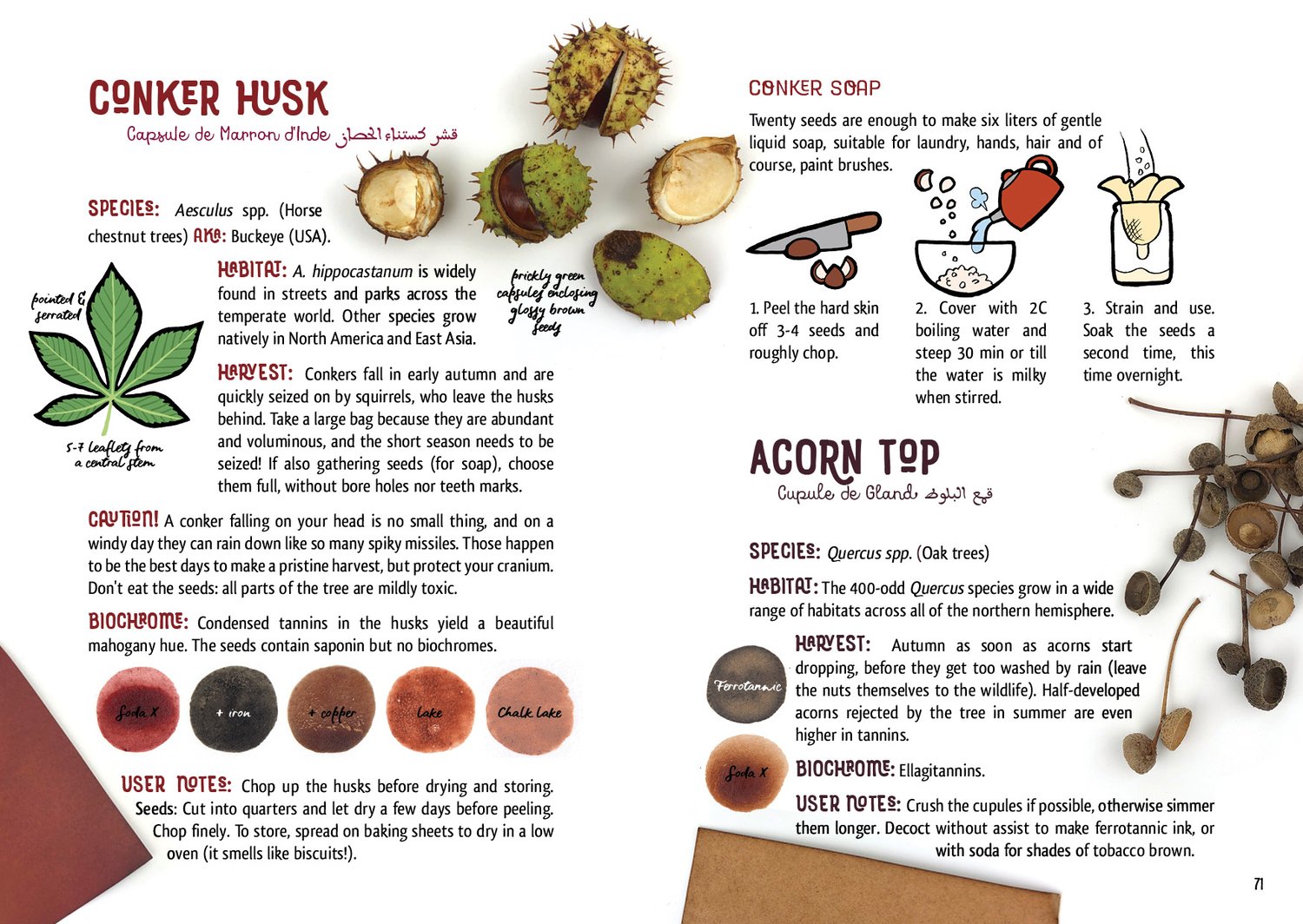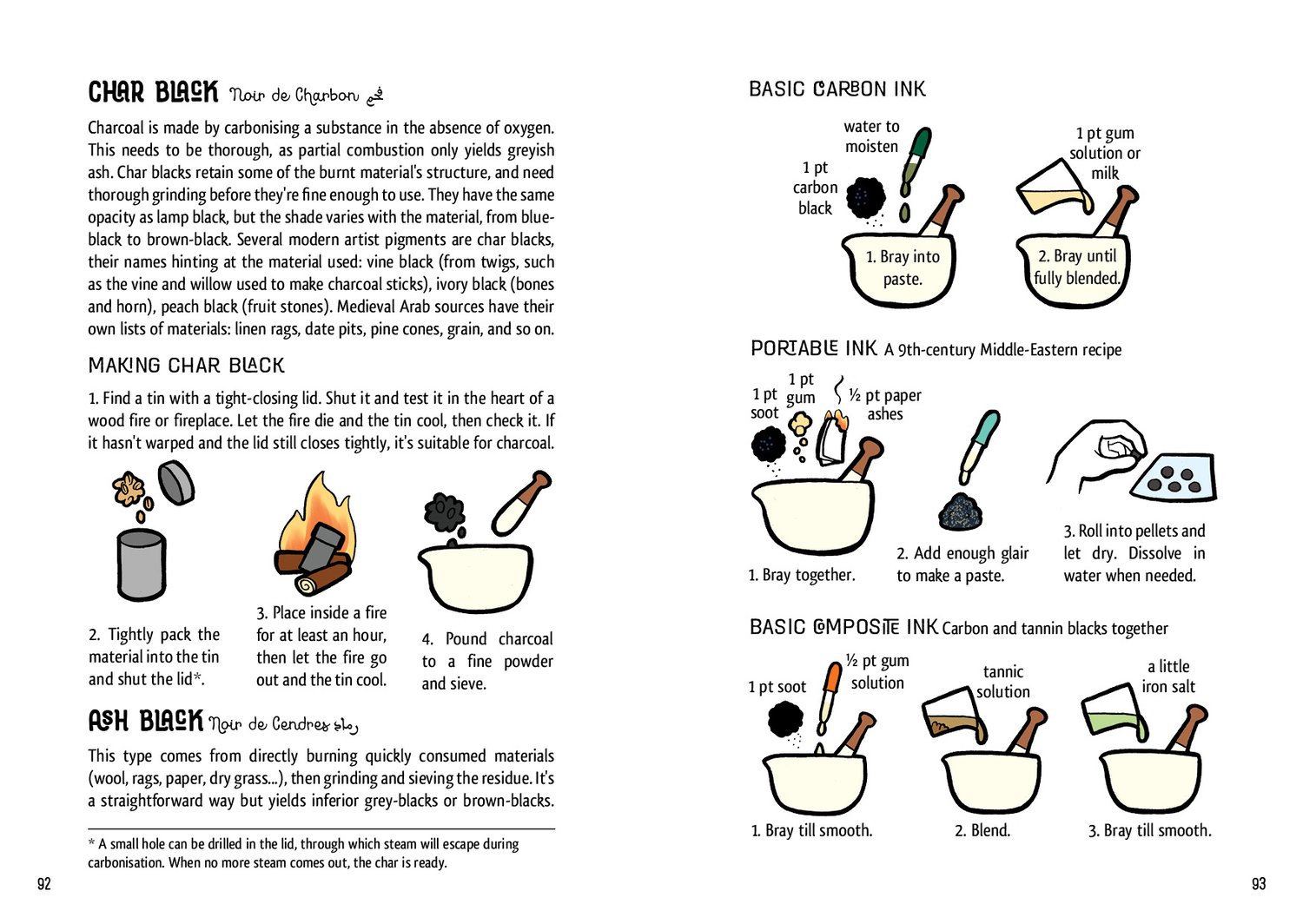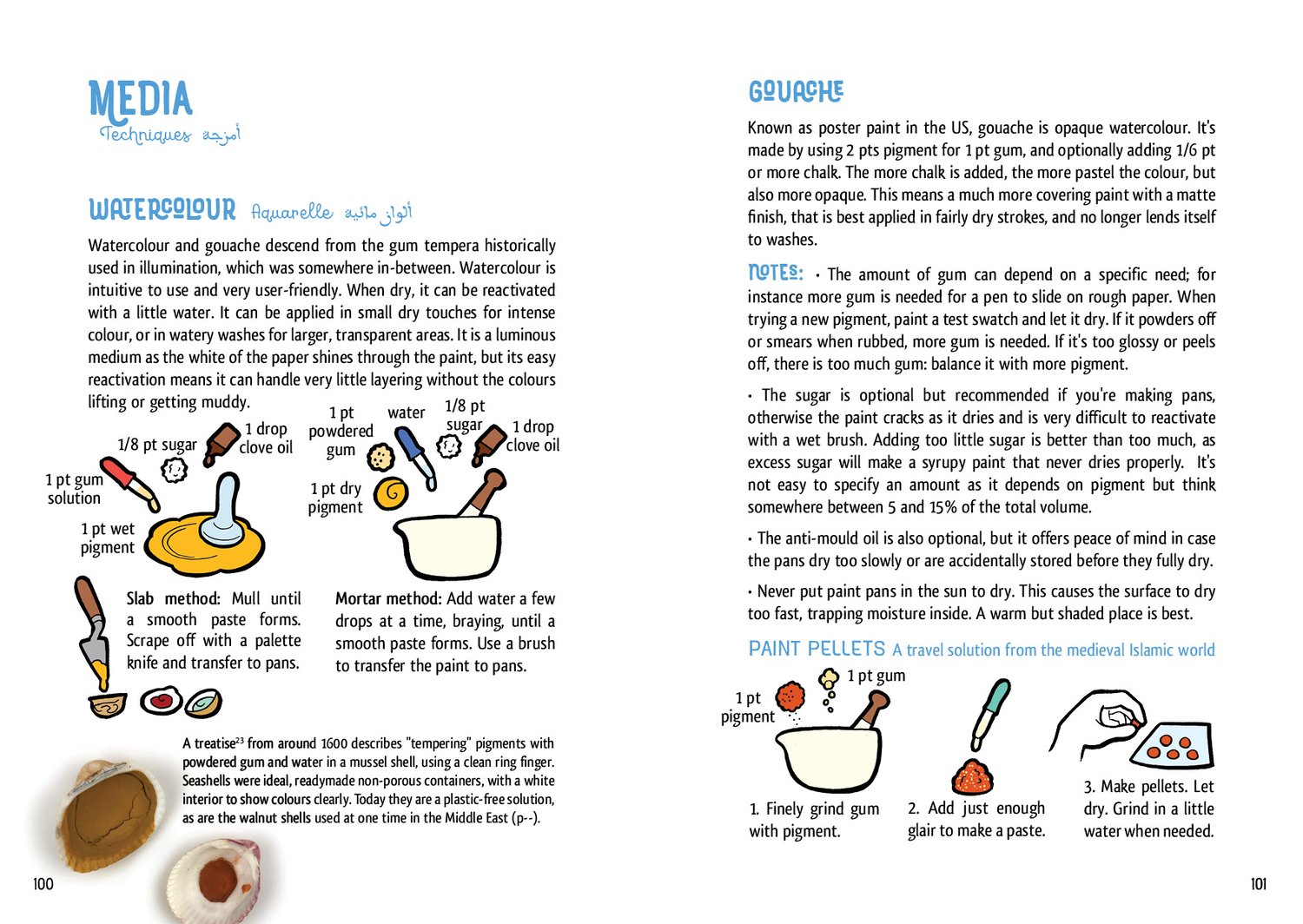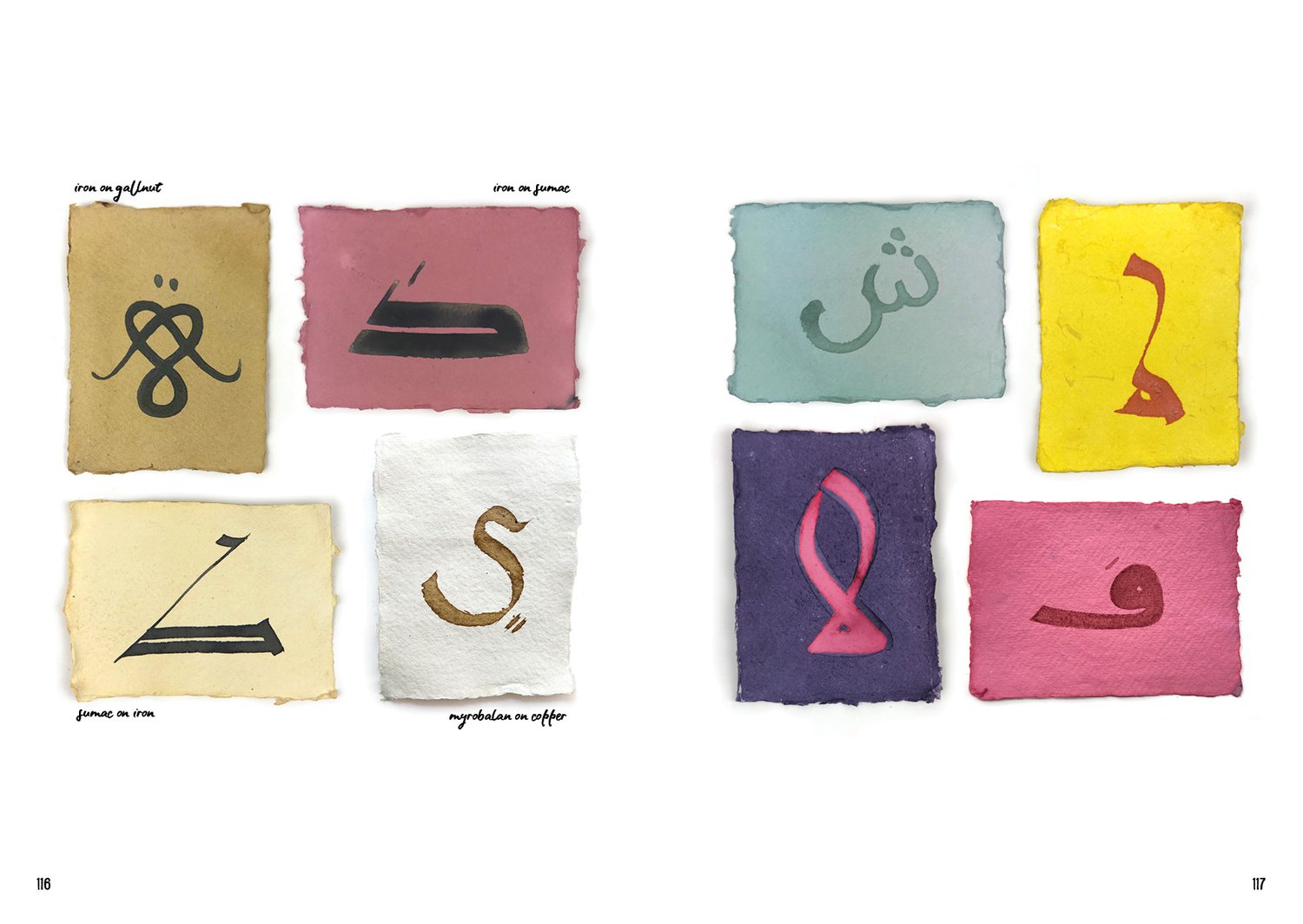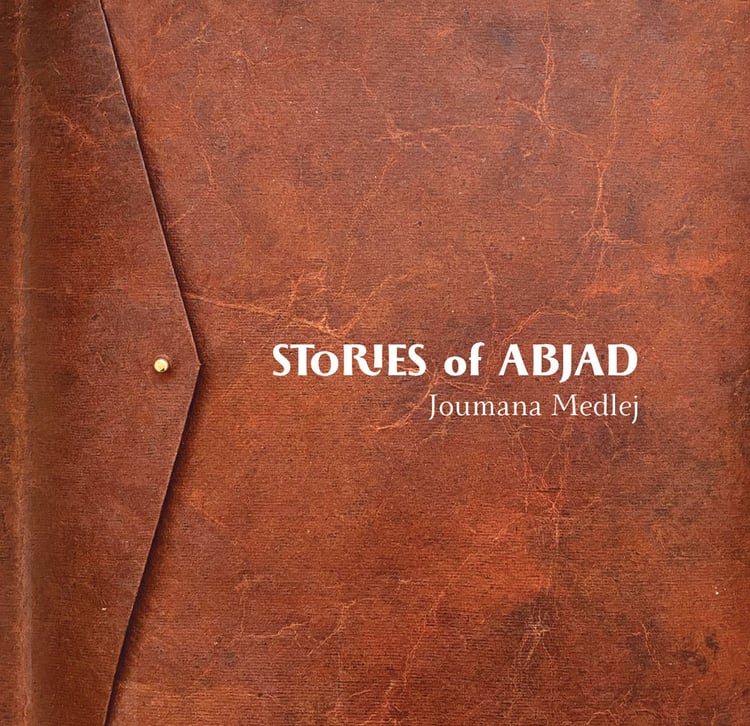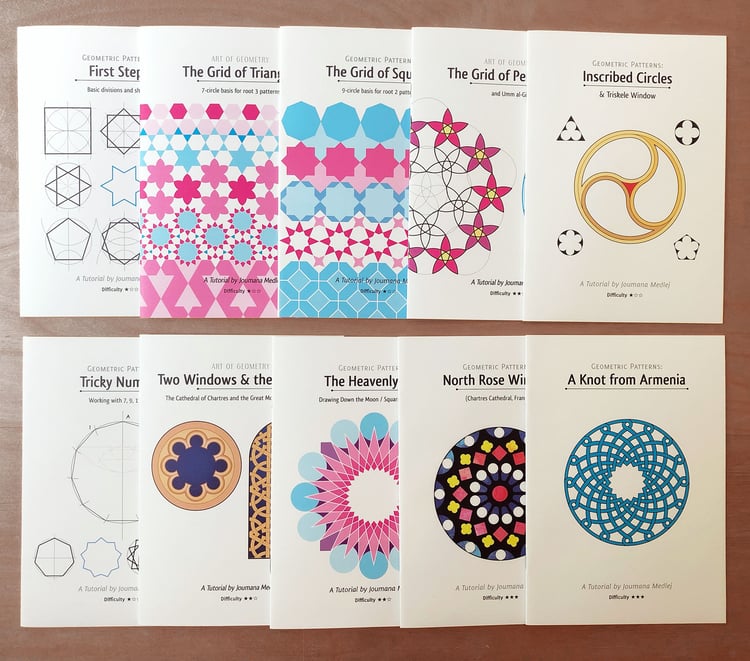Wild Inks & Paints
An artist’s handbook exploring foraged plants & other gifts from nature. For professional artists as well as hobbyists and families.
Drawing on historical techniques for illumination and calligraphy from East and West, this handbook introduces you to the wonder of transforming natural matter into fully developed art supplies. Learn the basic chemistry behind colours and prepare inks, lakes, paints, pastes, binders, media and drawing tools from plants and materials foraged as the seasons turn, or already present in your kitchen cupboard.
The 138 pages are abundantly illustrated and tightly packed with recipes, techniques, and tips based on my personal testing of every one of them. The format is A5 and wire-bound to be totally practical to use in the studio or kitchen.
In my previous volume, I examined the art technology of a specific culture, which sought out the best materials and most precious pigments to the ends of the known world. This volume examines the other side of the spectrum: art technology relying almost entirely on what is locally available, requiring a renewed knowledge of our local area and its seasonality. Whether you're an artist wanting to have a hand in the materials you use along traditional lines, or a hobbyist looking for to reconnect your creativity with nature (and involve your kids), this book has you covered.
Contents:
PART 1: BASICS — Definitions, Binders (gum, egg, starch, milk), Assists & Modifiers (alkalis & acids including recipes to prepare your own, metal salts)
PART 2: PLANT COLOURS — Foraging ethics, Finding & storing, Plant colour chemistry, Dye extraction, Preservation (including making lakes and clothlets), The Colour year (50 plants, where to find them, what colours they yield and how best to work with them)
PART 3: PIGMENTS — Carbon blacks, Earth Colours, Calcite whites.
PART 4: MEDIA & TOOLS — Watercolour, Gouache, Impasto, Pastel and more; Curing and cutting Bamboo/reed pens and Quills
PART 5: PAPER — Priming, Dyeing, Sizing (various recipes), Ageing, and more.
APPENDICES — Cleaners, Testing methodology

